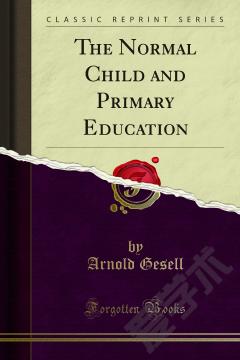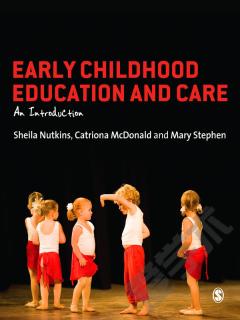The Normal Child and Primary Education
This book is the result chiefly of the authors' contact with the eager minds of young women who were preparing to teach young children. These prospective teachers wished to have definite, workable suggestions in the arts of primary pedagogy. The future daily attack of the school program with its formidable list of reading, writing, handwork, dramatics, etc., was to them a serious problem. We have tried to offer in the core of this book many straightforward, practical directions for the normal-school student and the teacher, but without the attitude of finality which puts an end to all self-help. We believe that one reason why there is not more spirit and originality in the lower elementary grades is that the teachers themselves too early suffer a subtle arrest in heart and mind elasticity.The pedagogical chapters of Part Three aim to present constructive suggestions based in large measure on experience and experimentation, which included the mistakes and efforts of a host of earnest young teachers who had not yet been habituated to inflexible programs and methods. To these teachers we owe and feel a real debt of gratitude. Our indebtedness to The University of Chicago and to Clark University will be self-evident.Part One is a brief historical introduction which sketches a summary of the history of science with reference to the problem of child life, and prepares the reader for the scientific chapters of Part Two.
{{comment.content}}








 京公网安备 11010802027623号
京公网安备 11010802027623号